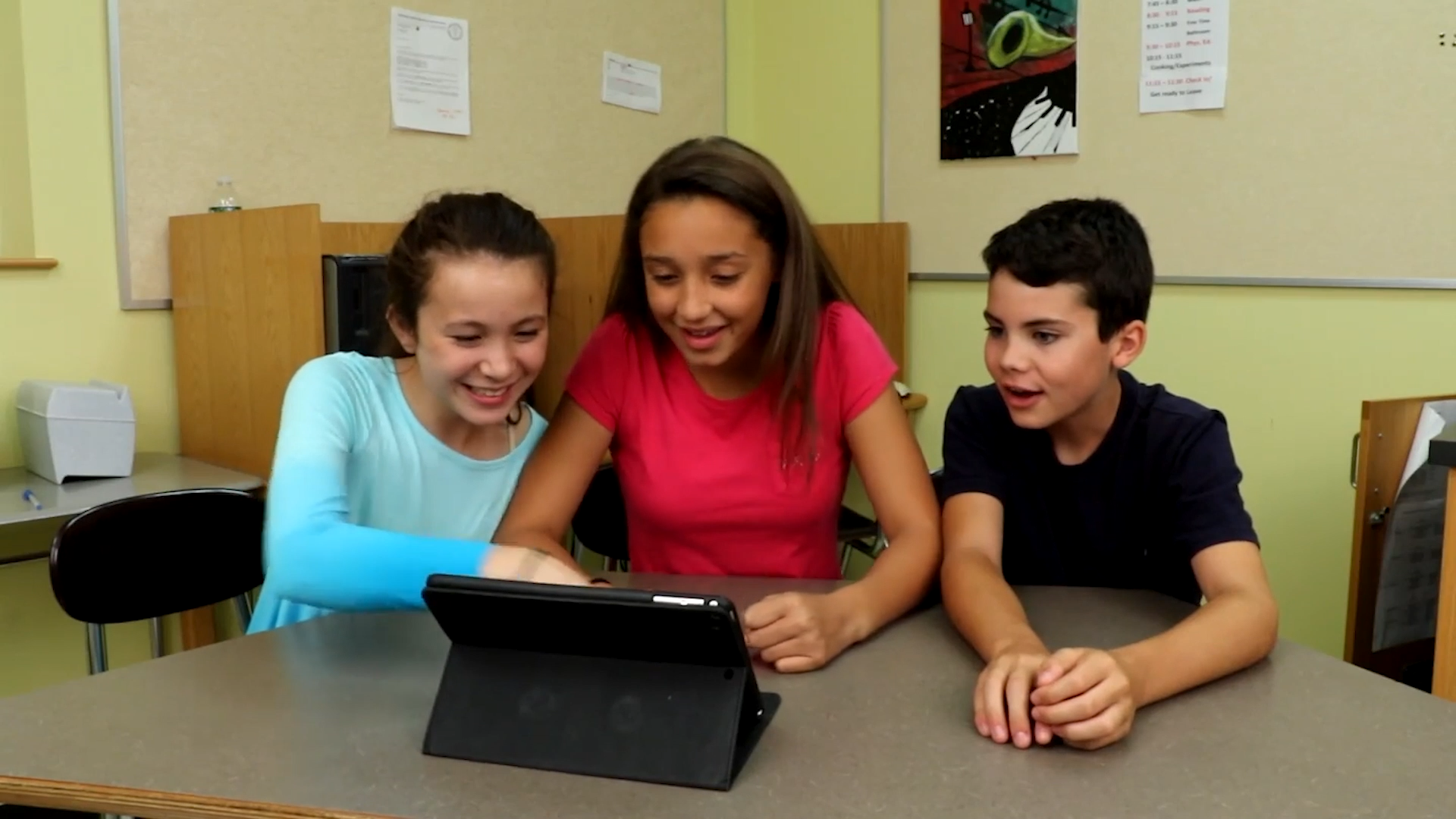
Introduction
Inclusion is a crucial component of social-emotional learning for elementary students. It involves understanding and valuing the diverse backgrounds, interests, and personalities of others. By teaching students to be inclusive, educators can foster a supportive and positive learning environment where everyone feels welcome and valued.
No-Prep Activity: The Inclusion Circle
A simple and effective no-prep activity to promote inclusion is the Inclusion Circle. This activity helps students understand the importance of including others, regardless of their differences. To conduct the Inclusion Circle:
- Have students form a circle, standing or sitting.
- Ask one student to start by sharing something about themselves, such as their favorite hobby or an interesting fact.
- Invite the rest of the students to take turns sharing similar information about themselves. Encourage them to listen attentively and show interest in what their classmates are sharing.
- After everyone has shared, discuss how it felt to learn new things about each other and the importance of including everyone in conversations and activities.
Discussion Questions
- Why is it essential to include everyone, even if they have different interests or backgrounds?
- How does it feel when someone purposefully excludes you? How can we prevent this from happening in our classroom?
- What are some ways you can invite others to join in activities or conversations?
- How can we ensure that everyone gets a chance to participate and share their ideas?
- Why is it important to consider other people’s feelings when playing or working together?
Related Skills
Beyond inclusion, there are other essential social-emotional learning skills that educators can help students develop. These include:
- Empathy: Understanding and sharing the feelings of others.
- Active Listening: Paying close attention to what others are saying and responding thoughtfully.
- Respect: Valuing and appreciating the unique qualities and perspectives of others.
- Cooperation: Working together to achieve a common goal or complete a task.
- Conflict Resolution: Addressing disagreements and finding solutions that benefit everyone involved.
Next Steps
Teaching inclusion and other social-emotional learning skills is an ongoing process that requires continuous reinforcement and practice. To help educators incorporate these skills into their classrooms, Everyday Speech offers free sample materials that include engaging activities, videos, and discussion prompts. Sign up today and start promoting a more inclusive and supportive learning environment for your students.

